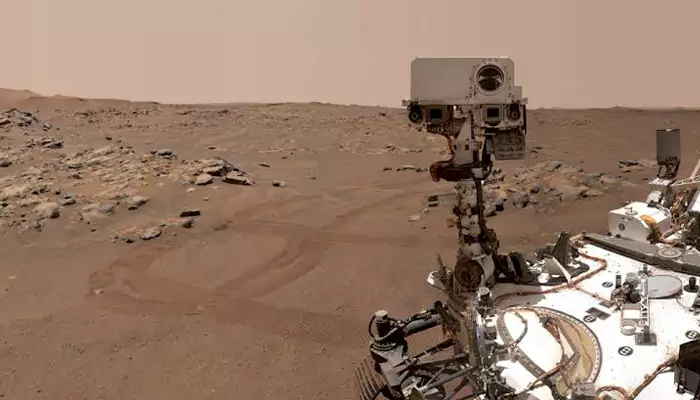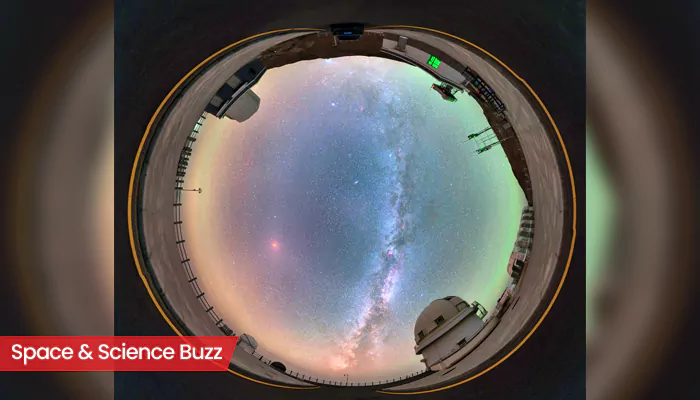Asteroid 2025 QV9's Approach
NASA has confirmed that asteroid 2025 QV9 is on a trajectory that will bring it into close proximity to Earth. This celestial body, estimated to be around
100 feet in diameter, is hurtling through space at a staggering speed of over 10,000 mph. The flyby is predicted to occur on September 10, creating interest in its journey. This speed is significant because it highlights the velocities involved in space and the challenges of tracking such objects. The distance from Earth is a critical factor in determining the level of concern surrounding this event. The potential impact of asteroids on Earth is a subject of ongoing research, leading to the development of early warning systems and mitigation strategies.
Size and Speed
The size of asteroid 2025 QV9, approximately 100 feet across, provides context for its potential impact. Despite its size, the immense speed at which the asteroid is traveling, exceeding 10,000 mph, intensifies the interest. If such an asteroid were to collide with Earth, the effects could be significant, resulting in substantial damage. NASA's ability to monitor and predict the paths of these celestial objects is essential. These observations help scientists calculate the chances of a collision and allow for necessary actions. This information helps in evaluating the risks and developing plans to reduce the possible consequences of a potential impact.
Monitoring Significance
The tracking of asteroids like 2025 QV9 is crucial for several reasons, chief among them being planetary defense. Monitoring these space rocks allows scientists to identify potential threats and assess collision risks. Regular observations also provide valuable data about the solar system's formation and evolution. The information gleaned from these observations contributes to a more comprehensive understanding of space dynamics. The importance of international collaboration in monitoring asteroids is evident through shared data, resources, and expertise. This global cooperation strengthens our capability to manage and mitigate the hazards associated with near-Earth objects.
Earth's Protection
Planetary defense is a top priority, involving tracking, characterizing, and deflecting potentially hazardous asteroids. This initiative incorporates cutting-edge telescopes and sophisticated software to chart the courses of near-Earth objects. Such efforts involve identifying asteroids that could pose a threat and assessing the probability of collision. In addition to detection, mitigation strategies are under development, including technologies to alter the trajectory of threatening asteroids. The goal is to safeguard Earth from any potential impact, and the early detection provides a safety net, allowing time for interventions. The collaboration between space agencies and research institutions plays a vital role in enhancing planetary defense capabilities.
Flyby's Implications
While asteroid 2025 QV9 is expected to make a close flyby, the event is not expected to be an impact event. The close approach offers a chance to study the asteroid and enhance our ability to understand the composition of these space bodies. Such encounters also serve as a crucial reminder of the risks posed by space objects and the importance of ongoing monitoring. These events enable scientists to test and refine tracking models and improve our preparedness for future flybys. Public awareness campaigns educate the public about asteroids and the continuous efforts dedicated to planetary protection.






